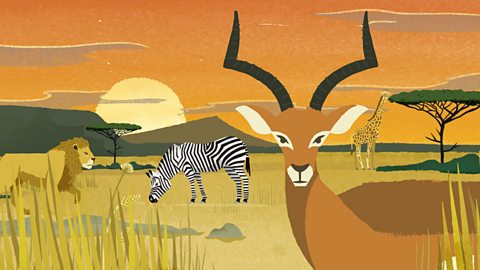Reproduction of animals
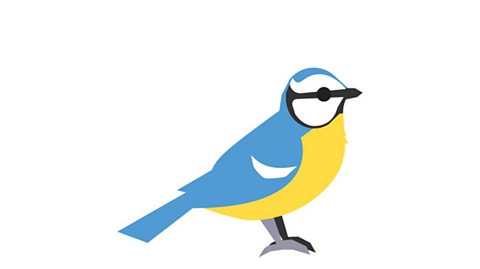
Reproduction means to have babies or offspring. To reproduce, animals need a male and a female. Together they can create offspring when they mate. This is called sexual reproduction.

Watch: Reproduction of animals
Learn how different animals reproduce.
All animals need to make copies of themselves, or they wouldn't exist anymore.
It's what life's all about.
Of course they can't just put themselves into a photocopier.
Although some very simple kinds of creatures, like bacteria, do simply make copies of themselves.
They just divide in two, and that's that.
Most creatures have male and female versions though. They can only make a new copy if they mix together males and females.
That's what we call mating.
Females get pregnant after mating. And if they're insects, or fish, or birds, or reptiles, they lay eggs.
Us mammals are unusual though
we don't lay eggs. Our females keep their babies inside their own bodies, until they have developed enough to survive in the world.
Fertilisation

During sexual reproduction a sperm from the male joins with an egg from the female. This is called fertilisation.
After fertilisation females of the following living things will lay eggs:
- fish
- reptiles, like snakes
- birds
- amphibians, like frogs

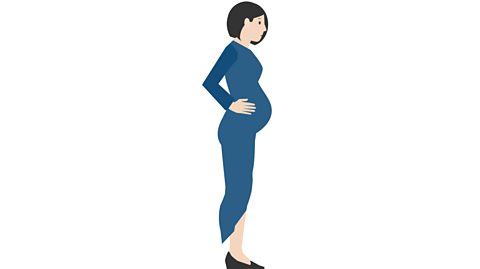
Some animals will produce lots of eggs because many of them won't grow into adults. For example, one female frog can produce thousands of eggs!
After sexual reproduction in mammals (including humans), the female grows her baby or babies inside her until they are developed enough to be born.
Activities
Test your knowledge of reproduction of animals with the activities below.
Activity 1: Who is the parent?
Activity 2: Quiz
Activity 3: Sorting animals

You may need pencils and paper for this activity.
- Cut out fifteen squares of paper.
- Write three examples of fish on three separate pieces of paper, then do the same for reptiles, birds, amphibians and mammals.
- Mix all the pieces of paper up.
- Try to sort them into two piles as quickly as you can ÔÇô those that lay eggs and those that have live babies.
- Try again until you get a record time!
What other groups could you sort these animals into?

Bitesize Primary games. gameBitesize Primary games
Play fun and educational primary games in science, maths, English, history, geography, art, computing and modern languages.

More on Living things and their habitats
Find out more by working through a topic
- count7 of 15

- count8 of 15
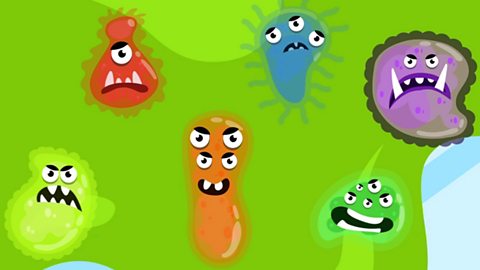
- count9 of 15
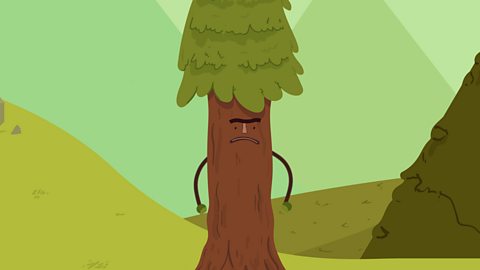
- count10 of 15
